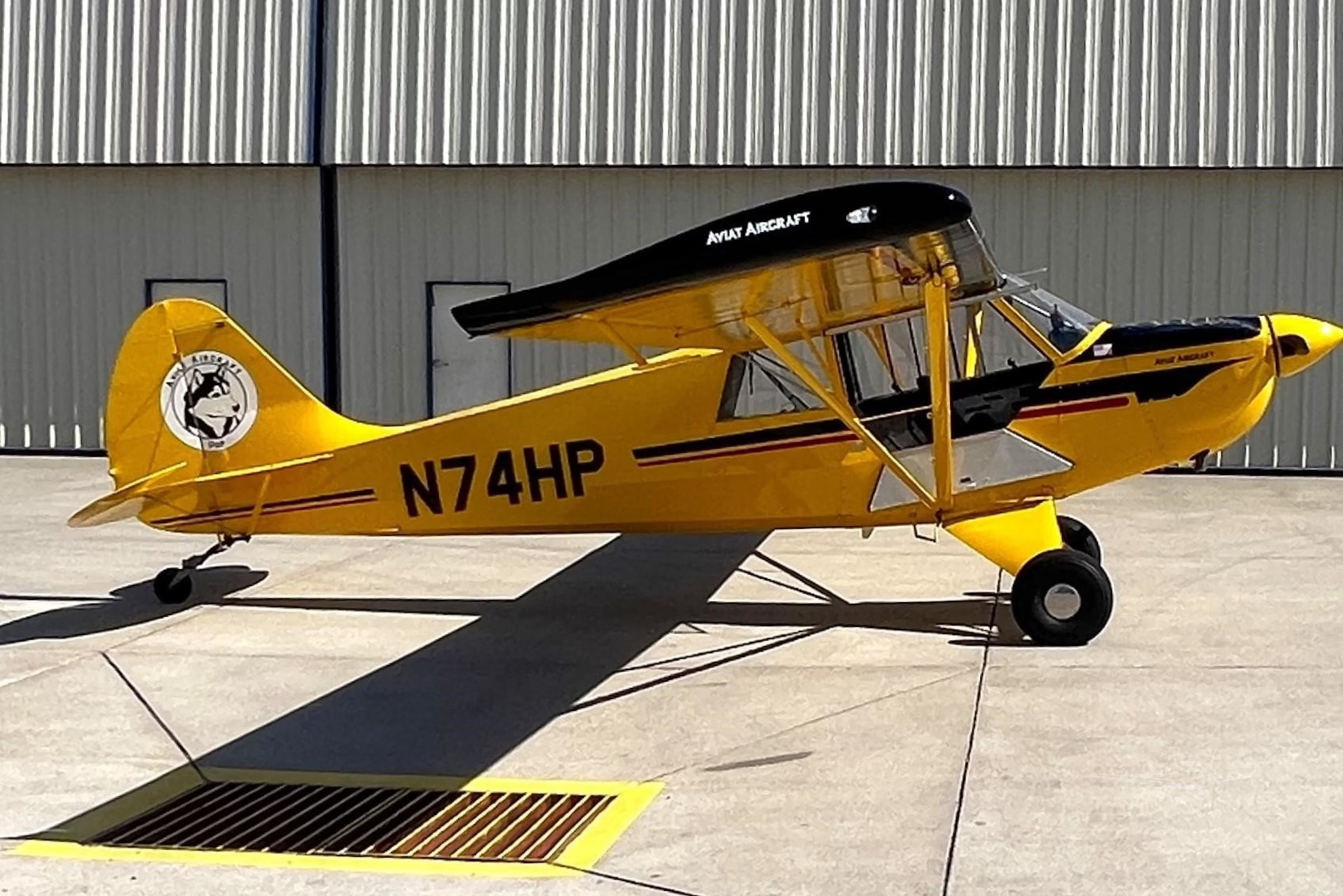
More than half the turbine-powered business airplanes flying today are small jets. Embraer
Looking at the results of a recent Harris Poll makes it clear that business aviation continues operating successfully through a number of rather simple premises; access between secondary cities and large metropolitan areas and as private transport to augment airline travel; to provide greater efficiency and flexibility in travel scheduling; heightened employee productivity while en route. That final point obviously might not be quite as critical to pilots flying single pilot of course, but the results are considered a statistically valid representation for the use of business aircraft by NBAA’s 11,000-plus member companies. The new poll was sponsored by the NBAA and GAMA.
Most companies using business aircraft are small companies with 57 percent of pilots surveyed explaining their companies employed 500 or fewer workers. Approximately 62 percent of pilots say their companies operate just one turbine-powered aircraft.
In the survey, pilots said, on average, more than 42.5 percent of their destinations are airports with infrequent or no scheduled airline service, with another 31.5 percent of the flights conducted ended at destinations that never had commercial air service. Passengers admitted though that nearly a third of their travel does occur on the airlines, but that those decisions are made on a mission-by-mission basis.
Passengers said, on average, 51.6 percent of the business aircraft flights they take enable them to keep business schedules that could not be met efficiently using the scheduled airlines, or other modes of transportation. More than 40 percent of business aviation missions involve stopping at more than one location.
What might prove surprising to people not familiar with GA operations, the survey said top company management is on board only about half the time with a significant portion of business aircraft passengers including technical specialists, middle managers and customers.
Employees report using their time on company aircraft to be highly effective and productive with nearly two-thirds of passenger time (63 percent) aloft engaged in work, including 38 percent of the time meeting with colleagues or customers. Nearly 86 percent say they are less productive on commercial flights, compared to working in their offices.
During the past year, 38 percent of pilots say they have flown an average of thee humanitarian missions per year. More companies are also using their business aircraft internationally with about a quarter of pilots and passengers reporting the percentage of overseas flights aboard business aircraft has increased during the past five years.
More than half of the turbine-powered business airplanes flying today are small jets, turboprops or other small aircraft that make up 55.2% of the fleets owned and operated by NBAA members, Of that number, 16.7% are small jets and 18.7% turboprops.
The survey findings were based on interviews with both business aircraft pilots and passengers conducted online by The Harris Poll in two phases. The first was conducted online between Aug. 30 and Sept. 21, 2018, among 202 chief pilots, pilots, flight department managers and directors of flight operations or aviation (referred to as “pilots”). Figures for the number of aircraft per company were weighted where necessary to bring them into line with their actual proportions in the business aircraft population.
The second phase consisted of 276 interviews among passengers on business aircraft (referred to as “passengers”) conducted between Aug. 30 and Sept. 21, 2018. Passengers completed surveys online and their data were not weighted.

Sign-up for newsletters & special offers!
Get the latest FLYING stories & special offers delivered directly to your inbox






